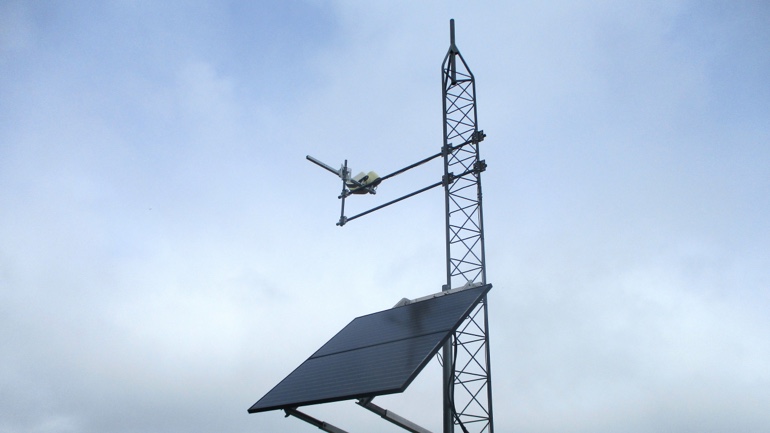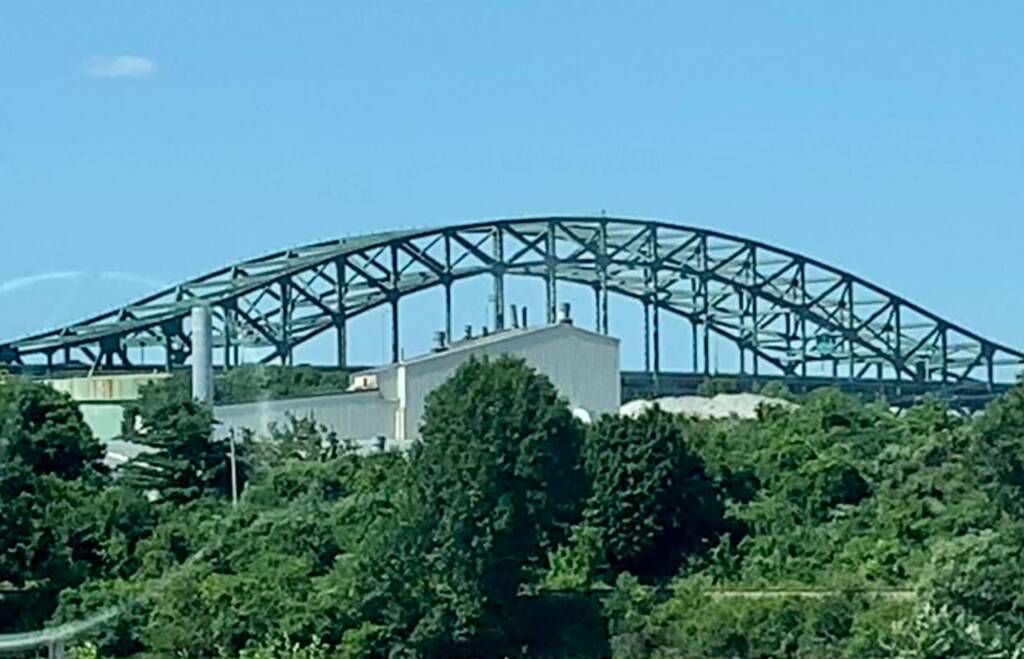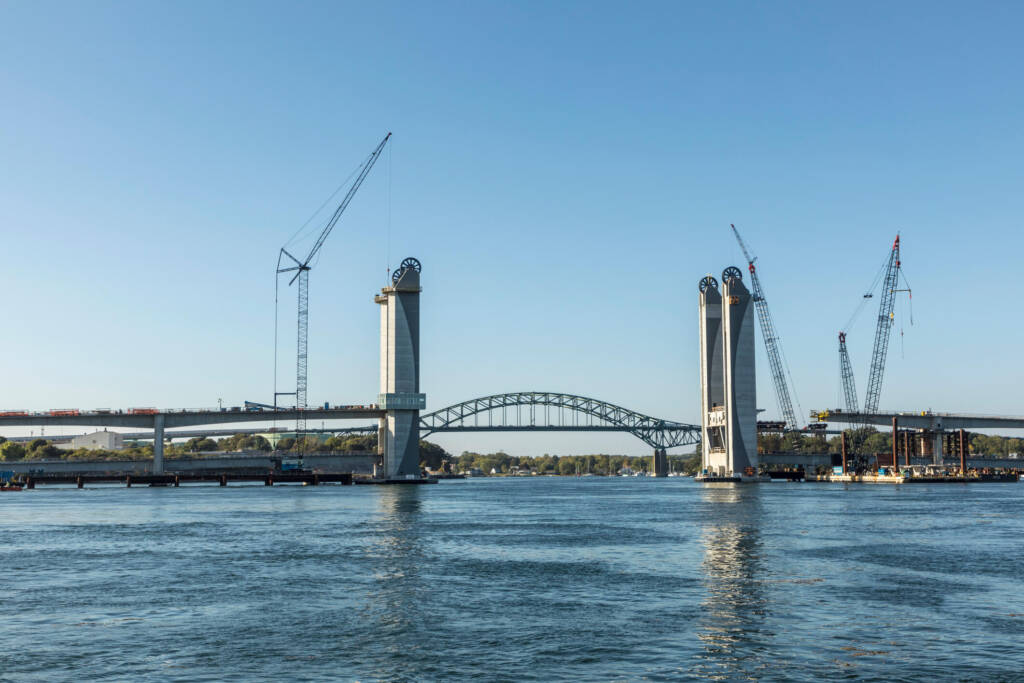Advanced technology will enable the New Hampshire Department of Transportation (DOT) to monitor roadway temperatures.
In March of 2023, the Green Mountain team completed an installation of a roadway weather instrument system (RWIS) on New Hampshire’s Interstate Route 89. This station adds to a statewide network of RWIS stations that began with the first RWIS in 1997.
Today, RWIS stations use sophisticated atmospheric and/or pavement sensors to monitor weather and pavement temperature conditions. According to the New Hampshire DOT, “RWIS data is used to predict the onset, duration, and intensity of winter storms, and can send a warning when hazardous conditions are imminent.”
The RWIS installed on Route 89 will be used by the DOT to monitor roadway temperatures in order to enhance driver safety during the winter months by predicting and alerting drivers to icy road conditions. In addition, it will assist the DOT in planning plowing and de-icing activities along the roadway.
Data collected by the Federal Highway Administration (FHWA) shows that “24 percent of weather-related vehicle crashes occur on snowy, slushy or icy pavement and 15 percent happen during snowfall or sleet.” Those weather-related crashes result in nearly 900 fatalities and nearly 76,000 people injured each year.
The New Hampshire DOT lists accident reduction as one of the top anticipated benefits of the state’s RWIS network, which now includes the station installed by Green Mountain.
In addition to reducing crashes caused by winter weather, the state’s DOT anticipates “improved use of maintenance resources” due to RWIS stations. With the statewide cost of winter snow removal averaging about $80,000 per storm, keeping costs under control through better weather forecasting at the roadway level is an important objective.
Interstate 89 runs for about 61 miles through the western part of New Hampshire, from Concord in the south to Lebanon on the border of Vermont. According to the National Oceanic and Atmospheric Administration (NOAA), Route 89 travels through the snowiest part of the state. Between the years of 2000 and 2023, the Concord area experienced average monthly snowfalls of about 13.5-17 inches from December through March.
The newly-installed RWIS is an important part of Green Mountain’s mission of keeping our communities safe and connected through telecommunications technology.



